“Demons have been on Earth as long as we have. They're all over the world, in their different forms – Greek daemons, Persian daevas, Hindu asuras, Japanese oni. Most belief systems have some method of incorporating both their existence and the fight against them. Shadowhunters cleave to no single religion, and in turn all religions assist us in our battle.” ~ Cassandra Clare, City of Bones Anno Domini 2007
Earlier today I was reminded of living in Kyoto and Tokyo many years ago. At the time I was there, the country had recovered substantially from the ravages of its ill-chosen wars of occupation of Korea, Manchuria, coastal China, Taiwan, Hong Kong, Malaysia, the Philippines, Batavia, Singapore, and other places in the region. In those days I also lived in some of those previously occupied countries which were themselves well into the re-building period. It is my thought to offer here a sort of travelogue of Japan. If this essay is well-received then I may be prevailed upon to say more of other places where I’ve lived.
Japan has a very old culture. Some architectural features at the base of existing structures and on the seabed nearby suggest an ante-diluvian culture which may have been at least partly the direct antecedent of the habits and ideologies of contemporary Japan. Among the many other aspects of their culture that I found intriguing were kabuki and nō theatre, origami, pagoda temples, and commercial shopping districts. More recently I have become interested in Japanese spaceflight projects, certain ideas in some anime, the dangers of central banking illustrated by the yen, and the assassination of Abe.
1876-1945
If your knowledge of 19th Century Japan begins and ends with the Ken Watanabe and Tom Cruise film “The Last Samurai” it might be useful to you to read some history books.
In AD 1853 a guy named Matthew Perry led an expedition of steam-powered warships into Tokyo Bay. You should place his military expedition in the context of the end of the war with Mexico and less than a decade prior to the war with the Confederate states. With the USA claiming not only the Pacific coast near the outlet of the Columbia river, purchased from Napoleon in 1803, but also the port of San Francisco and all of the coast in between quite a lot of navy resources went into a broad strategy. Trading “missions” from America to coastal ports in China were defended by navy ships and marines. Later a war with Spain was prosecuted in the Philippines and other Spanish possessions in the Far east. Coaling stations were needed to get across the ocean, which is one reason the Sandwich islands became the American territory of Hawai’i. American trade with China by a private trade expedition funded by Robert Morris began in 1784, a few years prior to the treasonous convention in Philadelphia.
The existence of Christendom had previously been brought to the attention of the shogun in Japan by the Portuguese in AD 1549. To their credit the Christians who travelled to Japan worked diligently to bring about the salvation of souls despite frequent violence and many martyrs being killed by Japanese authorities. After 1639 the Dutch took over all trade between Japan and Christendom. The desire for “Dutch sticks” or muskets and other specific knowledge and goods motivated the continuation of contact. However the European presence was limited to the artificial island of Dejima in the harbour of Nagasaki.
Portuguese and Dutch sailing vessels were not much different from Chinese and Japanese vessels. Nor were European manufactured cannon so very different. But when clouds of coal smoke appeared over the horizon, when steam whistles sounded, and when Perry demonstrated some of his shipboard armament and troops, the days of the shogunate were numbered, weighed in the balance, found wanting. Meiji wanted to be more than merely ceremonial so he seized power.
Please feel free to delve deeply into the primary source material. I believe you will find that certain key influencers were freemasons. You may discover that it was not entirely a Japanese native national interest to buy vast quantities of European armaments (and some American, as the post-war-of-northern-aggression industries came on line) and begin sending Japanese men to fight, bleed, kill, and die all over the region. You should definitely look at the $100M loan arranged by Jacob Schiff for the imperial navy that allowed them to substantially upgrade their fleet of warships in time for the battle of Tsushima against the Russians in 1905.
You see Schiff, Warburg, various demon worshippers serving the house which became Windsor, and an array of foreign policy advisory round tables and councils funded by the Rhodes estate, really hated the Romanov family. Some people trace it back to the Russian imperial Baltic fleet showing up in New York harbour and the Russian imperial Pacific fleet showing up in San Francisco harbour in AD 1863. The tsar was very fond of Lincoln’s idea of greenbacks issued without any debt going to banking gangsters. So he wanted to prevent the British navy from raiding San Francisco to steal the gold stored there and help the USA navy in its blockade work against the Confederacy.
Rather than being upset by the forceful treaty obligations imposed by the American delegation under Perry, the emperor really liked the style and approach. So he did exactly the same thing in Korea in AD 1876. The brutality of the Japanese trading posts and Chinese imperial rule over Korea led to the 1882 Imo incident, the Kapsin coup in 1884, the Donghak rebellion in 1894, and the overt military occupation and enslavement of Korea by Japanese military forces in 1910. As with all internecine conflicts, the messy affairs of imperial China, imperial Japan, and the mostly still-born attempt to establish an imperial Korea had complexities this paragraph isn’t going to address. Any understanding of the mercantile policies and the role of military occupation to “secure” trading posts should be considered in the context of Portuguese, Spanish, Dutch, French, and British approaches to these matters, around the Mediterranean, along the African coasts, and throughout Asia. Nobody comes off looking angelic in these centuries-long conflicts.
The Japanese militarists won their war with Russia. They occupied Manchuria. They raped Nanking. The war went on and on. Many Japanese were sent to tour the resource zones. Equipped with family members and cameras, they recorded the location of vast quantities of gold, silver, precious gems, beautiful artefacts, and made logs of the guards, monks, and local military presence. After AD 1900 a lot of Brownie cameras were sold and used to help plan the biggest series of thefts in human history.
Everything was stolen from AD 1931 to 1944. As much of the loot as possible was brought to the “home islands” and to the imperial palaces and warehouses. Some of the booty couldn’t make it past the naval blockades and was buried in various parts of the Philippines. On information and belief there are a number of other locations on the mainland of Asia and on certain islands where treasure troves were hidden.
For thousands of years the gold and silver of Europe, as well as much of its tin and other wealth, was shipped east. It was used to buy silks for the sophisticated ladies of Europe, as well as to buy spices, porcelain, and artefacts. Temples and monasteries and palaces all over the Far East were covered in gold. Huge statues of buddhas, bodhisattvas, dragons, and guard dogs were cast in solid gold or solid silver. The pillaging of Korea, China, Malaysia, Indonesia, the Philippines, and all the islands within reach was completed purposefully. Most of what was stolen has never been returned.
Pillaging was not the worst crime. Prisoners of war, civilian non-combatants, women, children, the elderly were raped, beaten, tortured, starved, worked to death, murdered. The disabled were routinely used for bayonet practice. These were policies. Every officer in the Japanese imperial navy and army enforced these policies. Nearly all of them slaked their lusts with “comfort girls” who were enslaved to be raped over and over again. The empire of Japan was an abomination, its leaders were demon worshippers, they were encouraged by the demon worshippers of the freemason temples of Europe and North America, and tens of millions died as a result.
This historical précis is important context for understanding the nature and extent of my time in Japan. My dad was there to discuss nuclear physics with Sakae Shimizu and other eyewitnesses to the devastation at Hiroshima. He had met professor Shimizu in 1956 while they were both working on nuclear energy for the Norwegian shipping fleet at an institute in Oslo. (Dad is the first to publish the phrase “melt down” to describe what would happen in the worst case scenario to a nuclear reactor aboard a ship at sea.) On information and belief, Japan is one of the countries with its own stockpile of functioning nuclear explosive devices.
Theatre
For my own part I have enjoyed acting on stage and screen. I’ve also enjoyed a great many films, plays, Broadway and off-Broadway shows, and scripts from ancient Greece, Elizabethan England, and the present day. So it was intriguing to visit the theatre in Japan.
During my time in Japan I saw a number of kabuki and nō performances. One of the aspects of the plays were certain traditional masques, including demonic visages. At one point my mom had a collection of those masques and a suitable tiny mannequin on which to display them. Mostly these were kept in their original packaging locked into a finely crafted cabinet.
The earliest form of kabuki was performed by an all-lady dancing troupe formed for the purpose by the art-form’s progenitor. The impositions and pretended reforms of AD 1629 included the banning of actresses. Since then kabuki is performed by male-only troupes. Lots of dancing, many traditional-sounding songs, and a lot of posing are features of the kabuki plays that I’ve seen. There are echoes of these features in a great many other contexts, including the stylised dancing of American political chicanery.
There were a number of Chinese and Japanese traditional dance and performance arts from the 7th, 8th, and 14th Centuries that were combined into the immediate antecedents of nō. One of these, shirabyōshi, was also traditionally performed by lady dancers. A few hundred years before the shogunate was consolidated and the purging of Portuguese influences and the extermination of Christians was pursued, the art form of nō was developed. One main nō traditional story arc begins with a supernatural being who is transformed into a man who narrates the story. Masques and costumes along with stylised stagecraft by black clad stagehands are memorable aspects of nō.
I remember mom telling me that the stagehands wearing all black, known as kōken, were supposed to be invisible. It was the perfect thing to tell me, because thereafter I focused attention on the easily seen actors and got a real kick out the thought that they were pretending to be invisible, the audience was pretending they weren’t there, the other actors and actresses were pretending they weren’t there, and there they were. In today’s cinema they do it with green screen and post-production special effects.
Origami
You take a piece of paper and fold it. There are certain forms for making different sorts of sculptures using a square of paper. Other folds are used if you start with a circle of paper. Traditionally it is regarded as a separate art form (kirigami) if you make cuts in the paper.
In order to fold paper you have to have paper. It turns out that in the vast eons of human presence on this planet, there have been a number of high levels of culture in which paper was “invented” or rediscovered. Ours is not the first such eon.
Things like paper which are made from reeds and animal skins date back to the 6th Century BC. Vellum came first, parchment later, in Mediterranean cultures. These were preceded by over two thousand years by papyrus. But none of these materials are very good for folding. Papyrus tends to crack and break along fold lines, and eventually disintegrates if it is over-worked. Thus papyrus was often rolled up into a scroll. Children playing in caves and chasing lost goats found a bunch of scrolls near the sea of Arabah roughly AD 1946 to 1956. You know them as “the Dead Sea scrolls” perhaps. That is another topic for another time. (So are the topics in The Scroll from the inimitable and amazing
Demi Pietchell, which makes every seventh day a treat for me.)You readers who have ever made a paper aeroplane have engaged in paper folding. I call paper planes origami. While nobody in ancient Egypt made a folded papyrus plane in 2900 BC there were drawings worked into stone and sculptures of planes made of wood and other materials. Yes, they did know about artificial flying. Which is yet another topic for another time (yatfat).
In the hospitality industry some hotels view it as de rigeur to teach the chamber maids to fold up the ends of the toilet paper into floral sculptures. In the restaurant and catering biz you find napkins folded into cocked hats, floral patterns, and a number of other designs. You may have seen any number of folded items included as decorations or party favours.
All of these things have come about after roughly the 7th Century since Jesus was born. Paper was invented about then, and made more and more effective, colourful, whiter, blacker, and more interesting with laid, linen, bond, cardstock, embossed, and gilding used to, well, gild the lily. The variations in paper are amazing.
You can’t have origami without paper. You can’t have tissue for wrapping paper and for blowing your nose without paper. The European habit of carrying a piece of folded cloth in which to blow your nose was remarked upon by one of our hostesses in Japan as very disgusting. Cool merchandising scheme to make a soft paper, sell it for snot wiping, and get the aristocrats to call it fashionable, huh?
Below we’ll take a look at paper money, which started out as the bast between the bark and the heartwood of the mulberry tree. The Mongols got a hold of this stuff in the 13th Century, made a very dark paper, wrote on it in vermillion ink, added a bunch of folds and wax seals and dangling ribbons, and forced everyone in China (including merchants and visiting traders) to fork over all their gold, silver, pearls, and precious stones for paper receipt money. Not good.
If you are interested in origami get yourself some origami books. Many such books have examples, diagrammes, instructions, and sometimes paper to use in making your own. Obviously you get better results from moveable type printing if you have paper, so advances in printing presses in the 15th Century led to advances in books on origami. Origami is fun.
Pagoda temples
One of the better ideas Ayn Rand promoted in her bestselling The Fountainhead was the idea that architects should make use of the best materials to make the most interesting designs. Some really stellar architecture has been made with wood, with marble carved to look like wood, and with industrial intensive materials like steel.
The pagoda is a traditional style of building. It comes in a variety of shapes and sizes, levels of roofing, numbers of corners, and other elements. Many pagoda structures are used for various kinds of worship. Some of them are used for palaces. They are interesting to look at.
Commercial shopping districts
Among the most interesting places people create are shopping areas. In ancient Greek cities the agora was the place of gathering as well as buying and selling. In Japan, the Ginza and Shinjuku shopping districts represent a sort of peak commerce place. For the very latest in gadgets and devices, you would want Akihabara Electric Town. American shopping malls are mostly dim, tawdry, and tedious in comparison with a few noteworthy exceptions here and there.
Buildings, lights, crowds, various kinds of sounds assaulting the hearing, and a huge variety of things for sale make shopping districts fun. Though, for my own part, it is a kind of fun to take in small doses separated by extended periods far away from the madding crowds.
Tanegashima
One of my favourite jobs was working for former astronaut Deke Slayton and Houston millionaire real estate and oil tycoon David Hannah, Jr. at Space Services Inc. of America. Deke asked me to put together a detailed set of notebooks on all the space launch vehicles in the world.
Some of the more interesting launch systems were built in Japan and launched from the island of Tanegashima. When I was cataloguing the world’s rockets, there were two Japanese space agencies, the Institute of Space and Astronautical Sciences and the National Space Development agency. These merged, as agencies sometimes do, and became the Japan Aeropace Exploration agency. They build a bunch of different sorts of rockets. The space contractor companies are a who’s who of military industrial combines including Mitsubishi, Kawasaki, and Ishikawajima-Harima Heavy Industries which was involved in warship construction.
More recently private space launch companies have entered the field. Space One is a combine formed by Canon, Ishikawajima-Harima Heavy Industries, Shimizu corporation, and the Japanese state development agency. They make the Kairos rocket and launch it from their own site.
Interstellar Technologies is another private launch company. They make the MOMO sounding rocket and are developing Zero and Deca orbital rockets. Not your grandfather’s Mitsubishi Zero. They use a launch site at Taiki.
Anime
In AD 1935 Fantasy Magazine published a short story about a convention of writers and fans. A year later, a group of science fiction fans led by Frederik Pohl and David Kyle travelled by train from New York city to Philadelphia to meet another group of fans at the home of a nuclear physicist. A few months later an even larger group including many of the same guys gathered to discuss science fiction at a beer garden in Queens. Before the outrbreak of ww2 there were many such cases. About forty years later the format of conventions (we call them cons for short) was well-established when I first began to attend them.
Meanwhile back in Japan there was a great deal of interest in speculative fiction about radiation promoting the growth of violent undersea lizards and deep underground beasts of all sorts. Cinema developed in very intense ways after the second world war. Some of the very best, such as the work of Akira Kurosawa, came out of Japan. yatfat
So too with animation. At a time when American animators were being pushed to use much more primitive techniques a kind of surrealistic realism, or what Kim Poor calls “superrealism” became fashionable in Japan. Some called it “Japanese animation” and its progenitors themselves called it anime. In Japan everything animated comes under the heading anime; in the fan communities abroad the term “Japanimation” was laid aside for “anime.” Today a great many science fiction conventions have showings of anime films and make anime products available in the dealer room.
There is a great deal of anime, some of it highly meritorious. Much fun.
BoJ
There is a problem in the world. It is central banking. Nation states use central banks to control interest rates. It turns out that interest rates on loans are much better regulated by free markets. The imposition of state control over interest rates distorts the lending market. It makes borrowing more difficult, limits the availability of funds, and distorts the interactions amongst different financial instruments.
Japan has its own central bank, shown above. They call it the bank of Japan. It does a great deal of harm to individual economic interests. Yet another topic for another time (yatfat).
Returning briefly to the topic of paper, there is a scholarly study of the first use of paper money in the Far east to which I alluded in my discussion of origami above. You should probably find the book The War on Gold by Antony Sutton and read it. Useful historical context.
Abe
Shinzo Abe was prime minister in AD 2006-07 and from 2012 to the 9th month of 2020. He was not prime minister, but was a member of the national legislature (diet) in 2022 when he was shot and killed with a home-made gun by an assassin. So, gun control (which should be called victim disarmament) never works.
There are memes in circulation suggesting that Abe was killed because he returned some 1.6 million poison vaxxajabs. He wasn’t in office at the time the jabs were first made available in the last month of AD 2020 so this seems unlikely. The assassin himself spoke up about his motives, which had to do with Abe’s prominent role in the Unification Church.
That’s all I’ve got for today. Come back next time when I have something new. Or old.

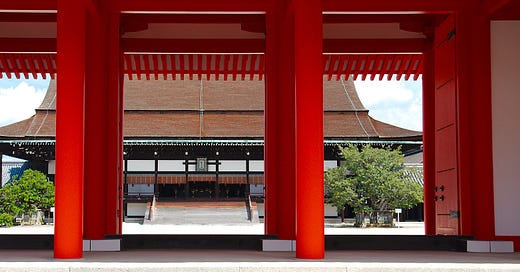



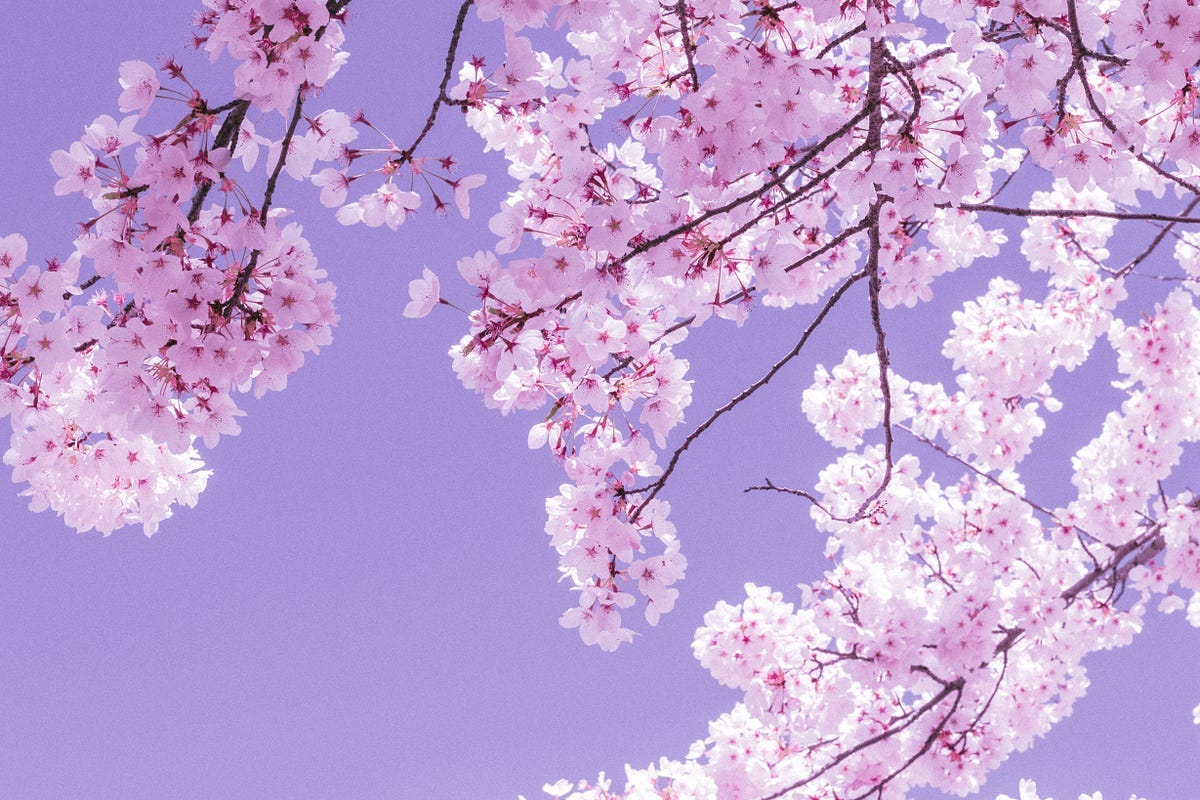

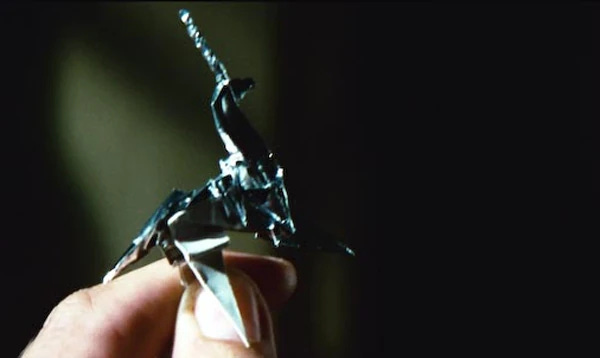

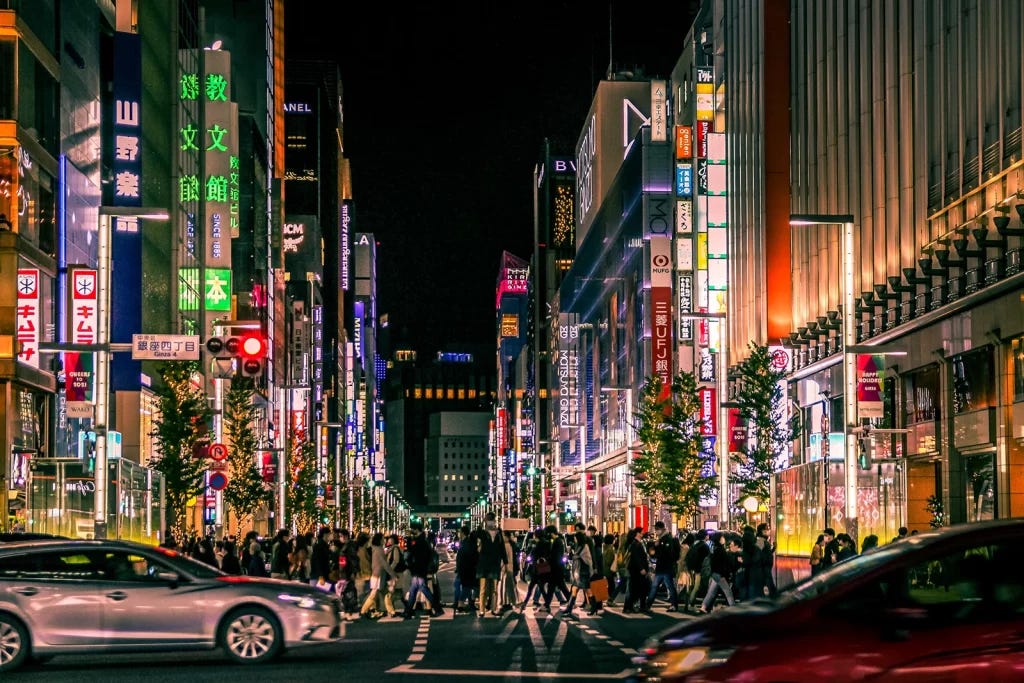

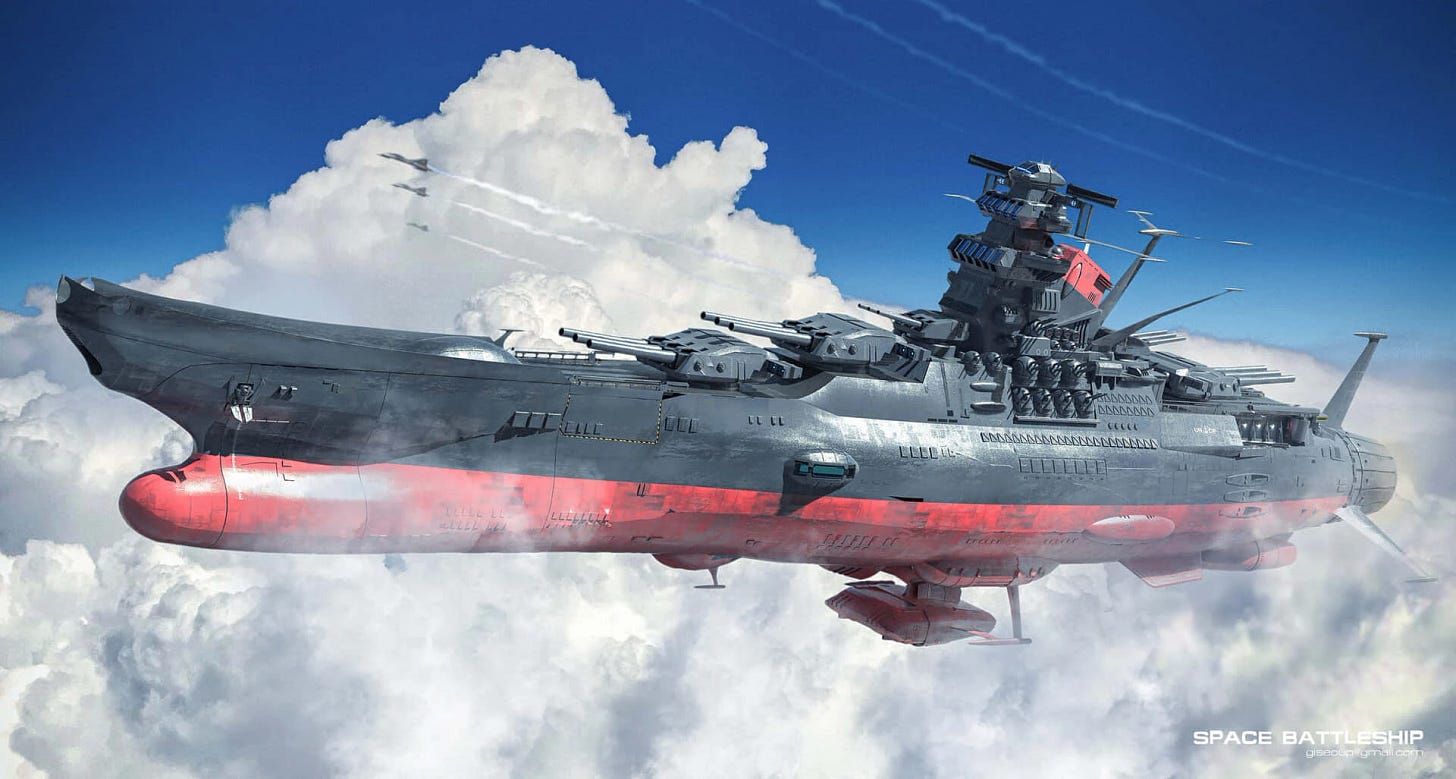
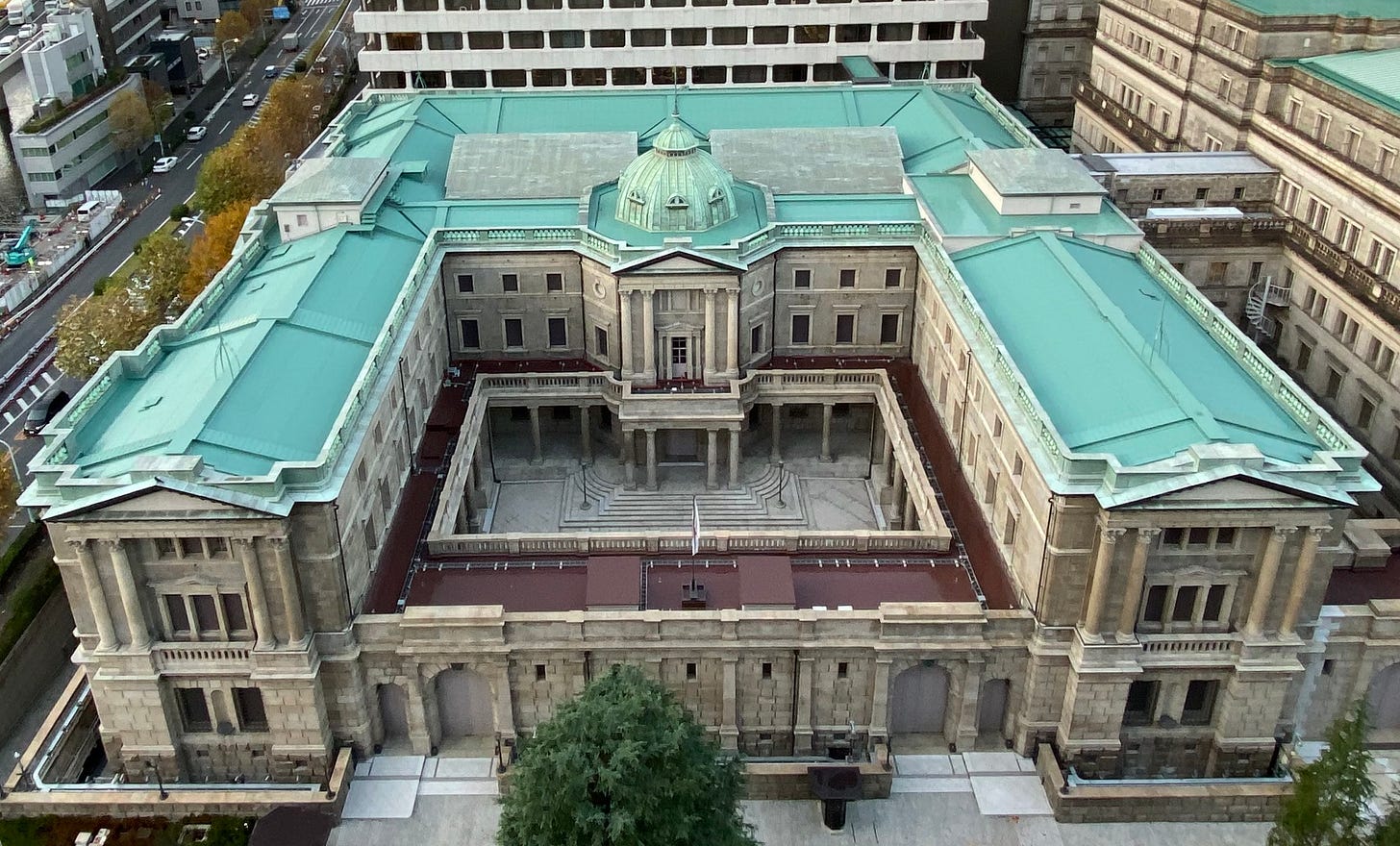
I was born in Tokyo, and went back to visit in the 70's. Went to Nikko and Kyoto too. Loved them both. Found the people a little cold though. Least friendly country of all the ones I've visited. (24 of them)